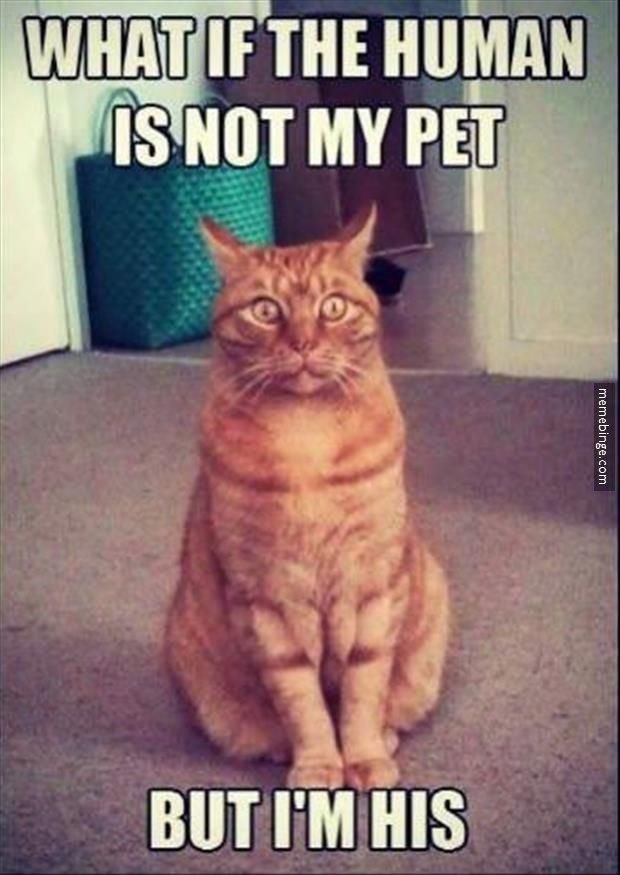When I first started using the process of Human Centered Design combined with my knowledge of Biomedical Engineering, I started leaning towards a more Public Health approach to healthcare solutions in Mozambique through Ycenter. I was no more talking about the medical devices or how to bring people to hospital, instead the problem statement shifted to most basic – How do we ensure the wellbeing of people so that they don’t have to come to hospital often?
Empathy
That’s the first step in Human Centered Design – Empathy. It allows you to reframe the problem upside down and put the people who face the problem in the center and not the problem itself. Right from designing a better banking system to drive thru for fast food restaurants to your favorite app on your smartphone, everyone uses it. My biggest question as an Education Entrepreneur was why not education? Our education systems haven’t evolved to keep the customer at the center. That’s also to do with the fact that despite 50% colleges becoming Private for-profit institutions, we are still in denial of education as a business. This denial is not helpful because it also discards the fact that there is a consumer who is seeking value for money and not just receiving a preaching. We have religion for that.
Behavioral pattern observance
If you are solving the problem of a broken door knob, observe how people solve it themselves without any third party commercial solution. It tells you a lot about how an average person thinks about problem solving in the most basic sense. Sometimes you don’t need to write a 10,000-line code when the job can be done by an excel macro. Just observe how regular people do it, and create solutions around it. At Ycenter, we call it analogous thinking.
Coming back to Education. I am convinced that we need to evolve our education system to tune to the effect of understanding how people learn in their daily lives. How they use the back of a napkin to capture ideas or how we get inspired by an event to create a piece of music or other art. Some of the best songs of our generation have come out as natural reaction to a situation. And hence when we listen to them, we connect with them. In our traditional industrialized education system, there are two distinctive sides – teacher on one and students on the other. It is rarely that the student reaction is allowed, because there is no time for that or sometimes the barrier between the two sides is so thick that there is no pathway for the reaction to flow.
At Ycenter in every program we have conducted, we encourage debates and discussions. Recently teaching a class on Business Model to entrepreneurs in Mumbai, I was giving an example for the Bait-and-Hook revenue model. I talked about HP increasing their revenue by selling cheaper printers and then letting people buy more ink toner and cartridges. After all the theory and examples that I shared with students, I asked them - What do you feel about this? I have had students “reacting” to this and I have been fascinated at how many Millennial entrepreneurs believe that this is a stupid way to make money. You can’t keep selling cameras and make money off selling film rolls, when the world is moving towards digital camera. You can’t keep making phones with closed operating system that doesn’t allow others to create applications when the world is moving towards phones with apps. The point of learning something new is not always to be able to use it, but for us to be able to make the right decision in our real world scenarios.
Who knew we are going to use phone in more ways than just calling?
Answer: The engineers who reframed the problem statement from –
How can we make the experience of a phone call better?
To
How can we make the experience of people communicating better?
And when you reframe it in this way, all the new possibilities start to emerge. Knowing that humans don’t just communicate in words, but in pictures and emotions and a lot more. That’s when you realize why did you end up with so many different types of communication messaging apps on your phone. (But still no one to talk to. This topic requires a whole different article.)
Talking about reframing the problem statement. Here is my favorite joke
How many Engineers to change the light bulb?
Microsoft - Three. One to hold ladder, one to hold the bulb and one to read the instruction manual
Apple - One. We will have our engineer hold the bulb and the bulb socket will come to her and she will make the world revolve her, so the bulb screws itself.
Human Centered Designer - Why the bulb?
With all the technology around us – is recording a classroom lecture and putting it online really an edtech solution? Did we really change anything? What was the problem that we solved? Are we still learning facts and don’t know how to use them in the real world?
Because Newton didn’t learn about gravity by learning laws of motion (it was impossible for him, since he wrote them) but by observing an apple fall and critically thinking about that event without being confined by the traditional boundaries of thinking at that time.
Now at Ycenter, we are starting to reframe the education problem –
- Why is higher education not more like how I talk to my friends about world issues?
- Why can’t I learn something by trying it first?
- Why can’t we design an experience that allows us to learn new things?
Thanks for reading. I invite you to reframe the question around challenges in current higher education system and possible explore collaboration over conversations.

